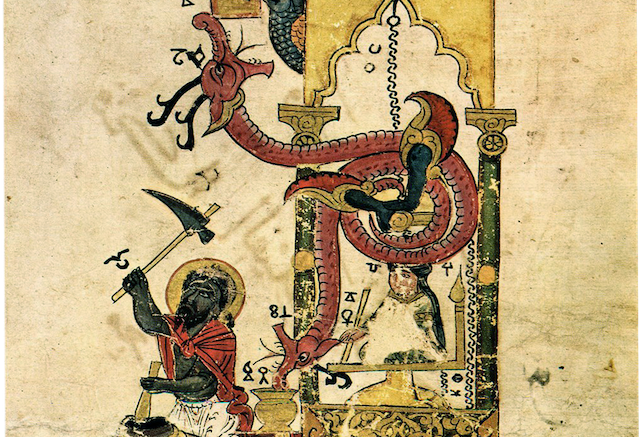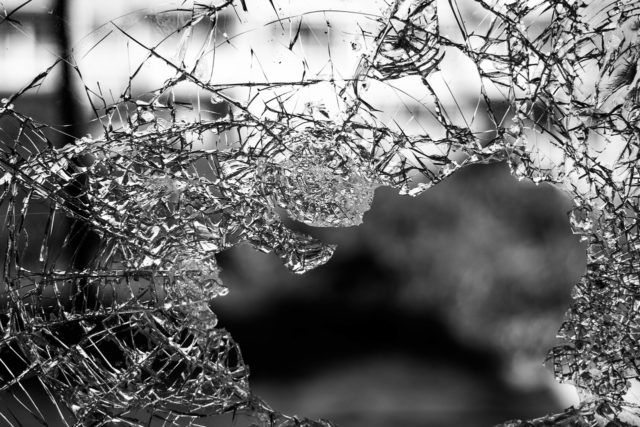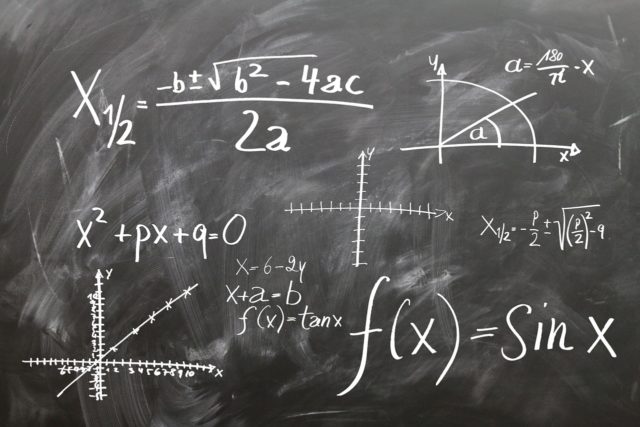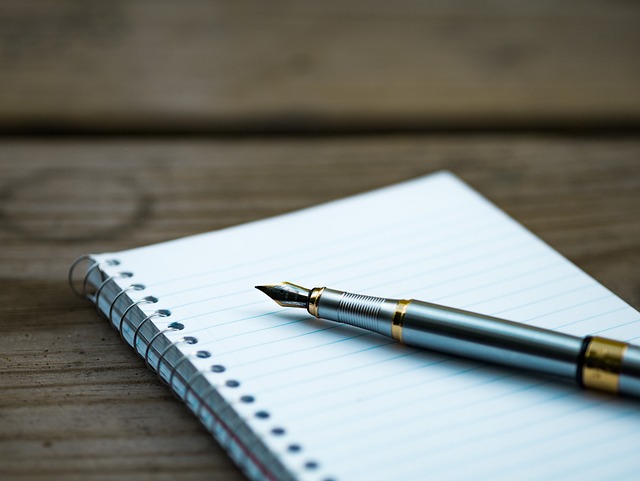The Islamic Golden Age refers to the nearly six-century period of revival in the Islamic world, beginning with the founding of the Abbasid Caliphate in the eighth century and ending with the sack of Baghdad by the Mongols in 1258. year . a time of unprecedented advances in geometry, medicine, astronomy, philosophy, art, algebra and more, when scholars from all over the known world came to Baghdad, Cairo, Cordoba and other major Islamic cities to practice and hone their crafts. .
10. Machines

Automata were early developments in robotics and programmable machines dating back to Ancient Egypt . Although European thinkers, especially eras Italian Renaissance , are generally credited with developing complex automata, and Arab scholars were the first to conceive of them. Perhaps the most influential of these was Ismail al-Jazari, who is also sometimes they call "the father of medieval robotics."
Born in 1136 in what is now Turkey, al-Jazari's inventions included complex mechanical designs that could operate on their own, such as an automatic peacock, a water clock, automatic soap and wine dispensers, and improved water cranks and pumps. . to supply water to farmers. His 1206 treatise on automata, Book of Knowledge about Ingenious Mechanical Devices » has influenced scientists and engineers in the Arab world and beyond for centuries, including Leonardo da Vinci .
9. Automatic musical instruments

The Banu Musa were three scholars who lived in Baghdad in ninth century . Although each of them specialized in his own field, their contributions are still remembered collectively. They were perhaps among the first Arab scholars to draw on Greek school of mathematics , developing his own methods for solving classical mathematical and geometric problems.
The Banu Musa were also experts in the development of automatic mechanical devices, and are credited with creating some of the first programmable musical devices. Predecessors of modern music-making machines such as sequencers, synthesizers, drum machines, and others, these structures were capable of automatically generating a variety of melodies—an unprecedented innovation for the time. Their automatic flutist— humanoid an automaton that could play a variety of melodies on the flute was the first programmable machine in history.
8. Damascus steel

Damascus steel was a form of steel that was used in many places during the Middle Ages. Although it originated as a type of steel from ancient India called steel wootz , it was on the streets of Damascus, Syria, that this material really took off. In addition to its unique dark A type that could not be reproduced, the steel was renowned for its strength and flexibility, making it particularly useful for close combat weapons such as swords and knives.
Damascus steel was widely used by Islamic armies throughoutGolden Age of Islam , although it was also used in jewelry and other crafts. Unfortunately, the formula for its production has been lost to history, even though we can produce other, much better types of steel and other metals with the technology available today.
7. Optics

Optics is the science of light, pioneered by scientists such as Johannes Kepler and Isaac Newton, during the European Renaissance. However, much of their work built on discoveries made much earlier. Although the study of optics dates back to Greek times, it was during the Abbasid era that thinkers truly understood the true nature of light.
Hasan ibn al-Haytham, one of the most eminent scholars of light in the Islamic era, was the first to refuted the ancient Greek idea that light originated within the eye. His book, simply called "The Book of Optics" , remains an important work in the field of optics, influencing thinkers the European world and other countries in the coming centuries.
6. Drug trials

Clinical trials are now an indispensable part of drug testing and approval, although this was not always the case. The idea of testing drugs in controlled experiments before they are introduced to the general public is a relatively recent development in human history. It can be traced back to Ibn Sina, the 10th-century Iranian polymath who first introduced logic and experimentation in the drug testing process, among many other medical innovations.
His book " "The Canon of Medicine" was so influential that it was taught in Arab and European medical schools at least until 17th century In addition to his understanding of medicines and clinical trials, Ibn Sina also made significant contributions to surgery and the development of a wide range of surgical instruments. Sina's logic-based method influenced many Arab physicians and scientists in later years, and his works, such as " Canon" , served as the foundation for what would become one of the greatest centuries of medical science in history.
5. Glass

Although glass had existed for thousands of years before the Islamic Golden Age, it was not until the eighth century that the first glass factories were established in Syria that glassmaking truly became a craft in its own right. The first clear, colorless varieties of glass emerged in the Arab world thanks to the innovations and discoveries of great thinkers such as Abbas ibn Firnas, the first inventor to devise a method for producing transparent glass from sand .
Around the same time, another Arab chemist, Jabir Ibn Hayyan, was working on colored and stained glass. His treatise, The Hidden Gem Book" contains the first known recipes for artificial pearls and other precious stones, as well as methods for cutting high-quality glass in precious stones Thanks to these achievements in the Arab world, the first glass factories appeared in Greece by the 11th century.
4. Surgery

The Abbasid era saw many groundbreaking developments in surgery, thanks to parallel discoveries in other areas of medicine that expanded our general understanding of the human body. Islamic physicians studied the work of surgeons from earlier eras, especially Ancient Greece , and came up with their own methods and tools for procedures.
While many thinkers, doctors, engineers and other intelligent people contributed to this revolution, the most famous name was that of Abu al-Qasim al-Zahrawi, also famous as the "father of operative surgery." Born in 936 near Cordoba, Spain, al-Zahrawi pioneered many surgical techniques used by surgeons around the world for centuries. His book, " At-Tasrif" , or "The Method of Medicine," was used as a medical encyclopedia throughout the world until the 18th century, as it was described more than 200 surgical instruments and 300 diseases and their treatments. Many of al-Zahrawi's methods remained unchanged until the development of modern surgery.
3. Algebra

Algebra is a broad area of mathematics that deals with symbols of different values, such as x, y, z, etc., and operators , such as addition, subtraction, multiplication, and others, to represent mathematical problems. Although equations and variables were studied in one form or another by mathematicians in ancient Egypt, Greece, and India , only during the golden age of Islam all this knowledge was collected in one place, which gave rise to modern algebra.
In fact, the term "algebra" comes directly from " Kitab al-Jabr " is a monumental treatise on elementary algebra written by a Persian mathematician named al-Khwarizmi. In addition to providing a new way to solve linear and quadratic equations with abstract variables, he was the first mathematician to work with ancient Indian in numbers , modifying and improving them to the ten-digit number system we all use today.
2. Hospitals

Although medical care facilities existed in various forms before the Abbasid era, it was not until the ninth century that a modern hospital emerged in Baghdad. Built in 805 by the vizier of Caliph Harun al-Rashid, it was the first documented facility to feature a medical care center, a resting place for the sick, a home for the care of the elderly, and a training center for aspiring physicians.
Between the ninth and tenth centuries many other Islamic hospitals were founded in Baghdad, Egypt, Iran, Tunisia, Mecca and Medina, Spain and other major regions of the empire. Known as bimaristans , some of them were quite advanced for their time and very similar to modern hospitals. Cairo The hospital, founded by the Abbasid governor, became the first institution to offer care for the mentally ill.
1. Paper

Islamic armies first encountered paper during their various invasions of Central Asia in the eighth century. Invented in China sometime in the first century CE, the material was far superior to anything used in the Arab world before it, including previous rudimentary writing tools, such as papyrus or parchment. Paper can be mass-produced from readily available waste fibres and retains ink for long periods of time, making it an ideal material to fuel the coming golden age.
The permanent nature of writing made paper extremely useful for imperial and bureaucratic purposes, as it was impervious to counterfeiting or alteration of any kind. By the 10th century, paper mills had sprung up all over the Islamic empire—from Persia to Syria to Spain—allowing scholars and thinkers to publish widely and disseminate their ideas throughout the empire and beyond. Paper was the reason why Islamic libraries typically contained hundreds of thousands of volumes of knowledge, compared to the relatively modest collections large empires before her.













Оставить Комментарий